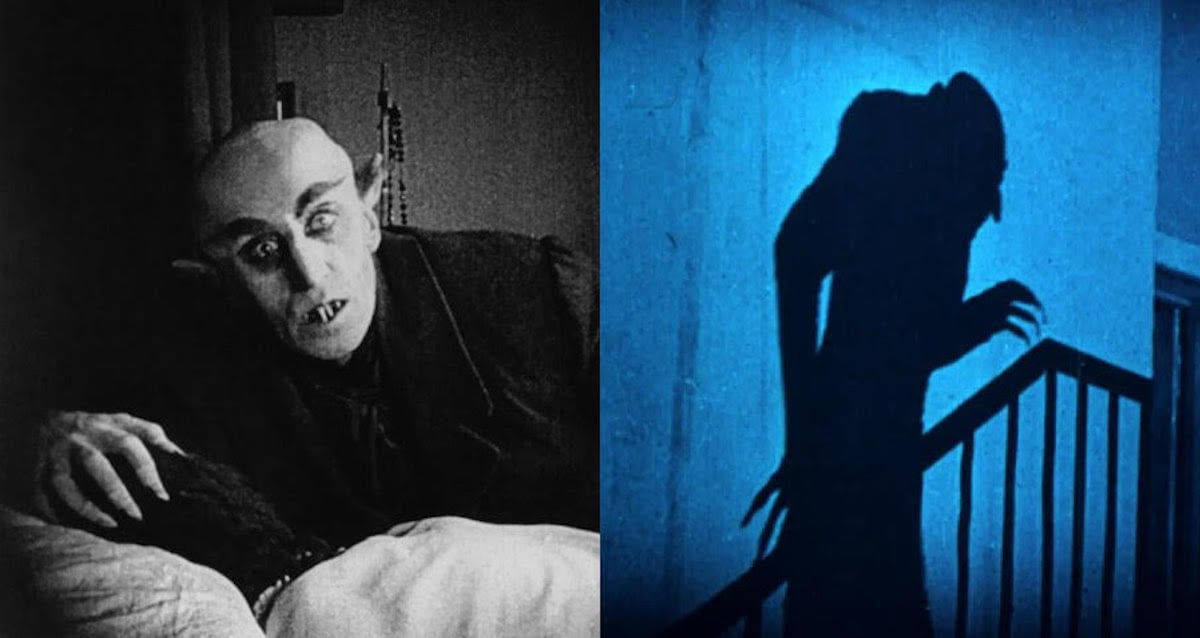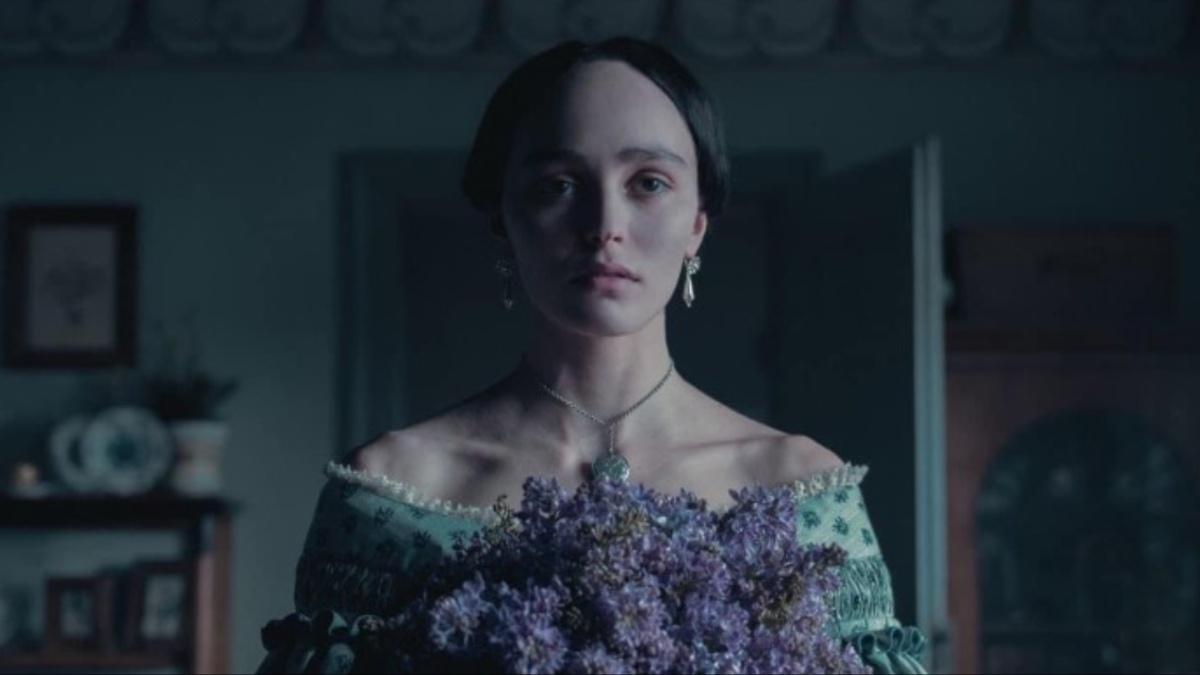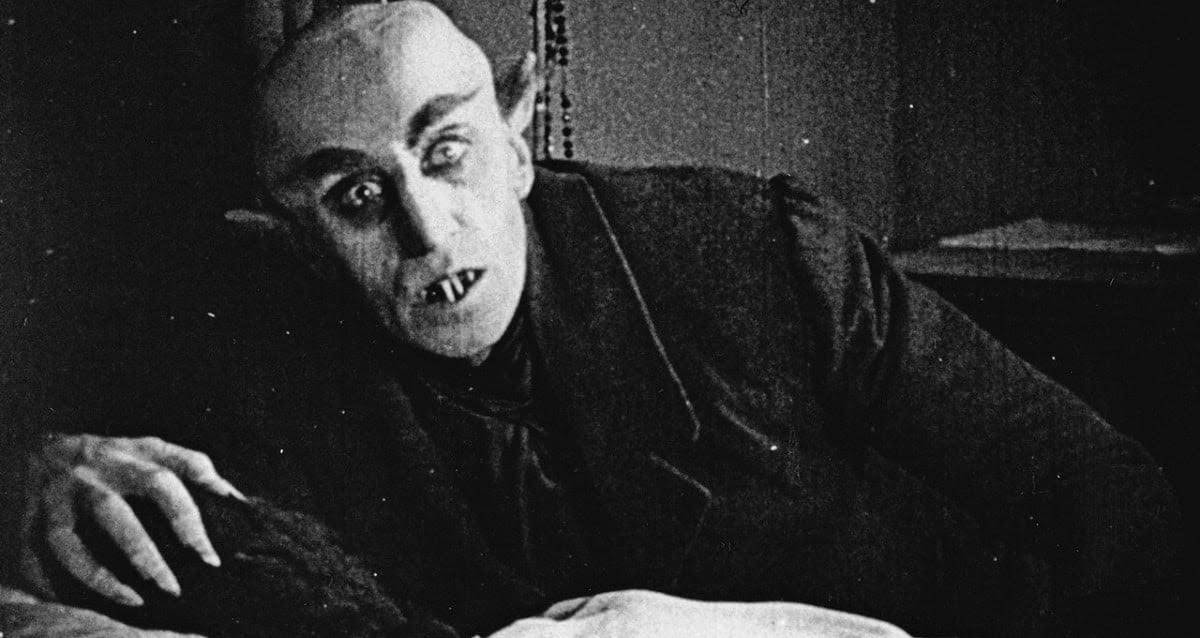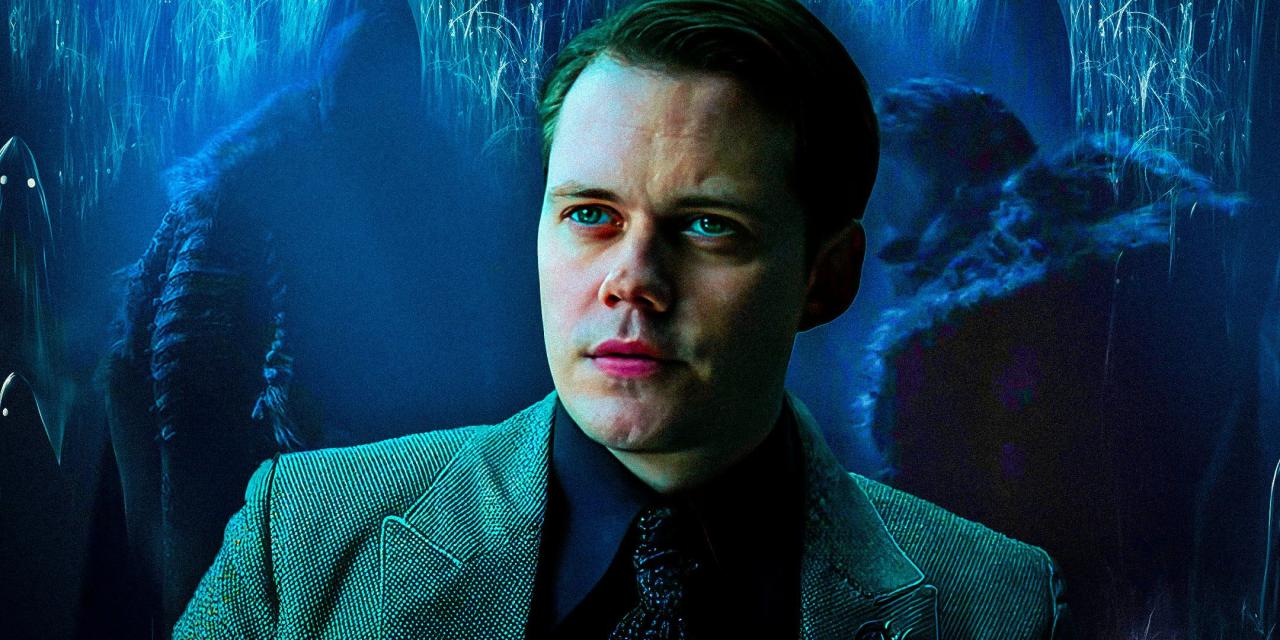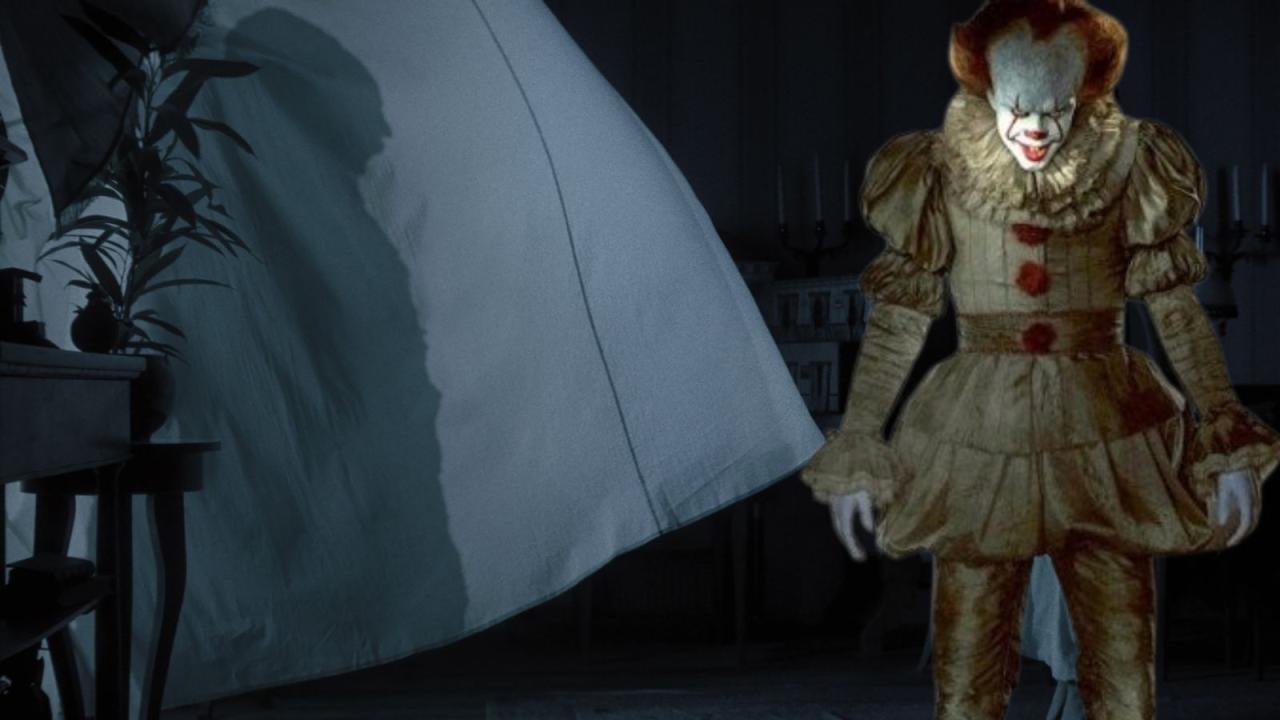As Count Orlok takes center stage, this opening passage beckons readers with Semrush Author style into a world crafted with good knowledge, ensuring a reading experience that is both absorbing and distinctly original.
Emerging from the depths of cinematic history, Count Orlok stands as a towering figure, his enigmatic presence forever etched in the annals of horror. With his piercing gaze and insatiable thirst, he embodies the very essence of the vampire archetype, leaving an indelible mark on popular culture and inspiring countless interpretations.
Overview of Count Orlok
Count Orlok is a fictional vampire character created by German actor Max Schreck for the 1922 silent horror film Nosferatu, eine Symphonie des Grauens (Nosferatu: A Symphony of Horror). The character is loosely based on Count Dracula from Bram Stoker’s 1897 novel Dracula.
Orlok is a mysterious and enigmatic figure, whose origins and motivations are never fully explained. He is a centuries-old vampire who lives in a remote castle in the Carpathian Mountains. He is described as being tall and thin, with a long, pointed nose and sharp teeth.
He has a pale complexion and red eyes, and he wears a black cape and a wide-brimmed hat.
The name “Orlok” is likely derived from the German word “Orlock,” which means “vampire.” The name is also similar to the Romanian word “urluk,” which means “wolf.” This suggests that Orlok is a creature of the night, and that he is associated with both vampires and wolves.
Count Orlok was created during a time of great social and political upheaval in Europe. The First World War had recently ended, and the continent was still reeling from the effects of the war. Nosferatu was a reflection of the anxieties and fears of the time.
The film depicted a world that was dark and dangerous, and it warned of the dangers of unchecked ambition and greed.
The Cultural and Historical Context of Count Orlok
Count Orlok was created during a time of great social and political upheaval in Europe. The First World War had recently ended, and the continent was still reeling from the effects of the war. Nosferatu was a reflection of the anxieties and fears of the time.
The film depicted a world that was dark and dangerous, and it warned of the dangers of unchecked ambition and greed.
The character of Count Orlok has had a profound impact on popular culture. He has been featured in numerous films, television shows, and books. He has also been the inspiration for many works of art and music.
Count Orlok’s Physical Appearance and Symbolism
Count Orlok’s physical appearance is a key element in his characterization. His sharp teeth, long nails, and pale complexion all contribute to his sinister and menacing aura. These features are not simply cosmetic; they are symbolic of his inner nature and the themes of the film.
Teeth
Orlok’s sharp teeth are a clear indication of his predatory nature. They suggest that he is a creature who feeds on the blood of others. This is reinforced by the fact that he is often seen with blood on his lips and chin.
Nails
Orlok’s long nails are another sign of his predatory nature. They are sharp and pointed, like the claws of a beast. This suggests that he is a dangerous creature who is capable of inflicting great harm.
Pale Complexion
Orlok’s pale complexion is a sign of his undead nature. He is not a living being, but a creature of the night. This is reinforced by the fact that he is often seen in shadows and darkness.
Count Orlok’s Role in Nosferatu
Count Orlok, the enigmatic and terrifying vampire at the heart of Nosferatu, plays a pivotal role in the film’s narrative. His motivations and goals, as well as his interactions with other characters, drive the plot and create a sense of dread and unease.
Count Orlok’s Motivations and Goals
Count Orlok’s primary motivation is to find a new home for himself and his undead brethren. Having been driven out of his castle in Transylvania, he seeks a place where he can establish a new lair and continue his reign of terror.
He is drawn to the isolated town of Wisborg, believing it to be the perfect location for his purposes.
Orlok’s ultimate goal is to spread his curse to as many people as possible. He views the inhabitants of Wisborg as potential victims, and he delights in the terror and chaos he brings upon them. His actions are driven by a combination of bloodlust and a desire for companionship, as he seeks to create a new family of vampires.
Count Orlok’s Interactions with Other Characters
Count Orlok’s most significant interaction is with Ellen, the young woman who becomes his intended victim. Ellen represents innocence and purity, and her beauty and kindness draw Orlok to her. However, he is also aware of the danger she poses to him, as she has the potential to destroy him with her faith and love.
Orlok’s relationship with Ellen is complex and ambiguous. He is both attracted to her and terrified of her, and his feelings for her vacillate between desire and fear. Ellen, for her part, is both repelled and fascinated by Orlok, and her emotions towards him are equally complex.
In addition to Ellen, Orlok also interacts with a number of other characters, including the townspeople of Wisborg, the ship’s captain who brings him to the town, and the vampire hunter Professor Van Helsing. These interactions further develop Orlok’s character and provide insights into his motivations and goals.
The Impact of Count Orlok’s Presence on the Town
Count Orlok’s presence in Wisborg has a devastating impact on the town and its inhabitants. His arrival brings with it a wave of terror and paranoia, as the townspeople fear for their lives and the safety of their loved ones.
Orlok’s victims are not only physical but also psychological. He preys on the fears and superstitions of the townspeople, creating a sense of helplessness and despair. The town is transformed from a peaceful and prosperous community into a place of darkness and dread.
Orlok’s presence also has a significant impact on the environment. The arrival of the vampire brings with it a sense of decay and desolation. The once-lush countryside becomes barren and lifeless, and the animals flee in terror. The town itself is shrouded in darkness, and the air is heavy with the smell of death.
Count Orlok’s Legacy and Influence
Count Orlok, the enigmatic vampire from F.W. Murnau’s 1922 classic Nosferatu, has left an enduring mark on popular culture, becoming an iconic figure in the horror genre and beyond. His influence can be traced through countless subsequent vampire films, literary works, and other cultural artifacts.
Evolution of Count Orlok’s Character
In Nosferatu, Count Orlok is depicted as a grotesque and terrifying creature, with elongated limbs, sharp claws, and a haunting gaze. This portrayal set the template for many subsequent vampire characters, who often inherited Orlok’s gaunt appearance and predatory nature.
However, over time, Orlok’s character has evolved, taking on different interpretations and nuances in various adaptations.
Influence on Popular Culture
Count Orlok’s influence extends far beyond the realm of horror films. His image has been referenced and parodied in countless works of popular culture, including television shows, comic books, and even video games. Orlok’s distinctive appearance has become synonymous with the vampire archetype, and his name has entered the cultural lexicon as a symbol of darkness and dread.
Enduring Appeal and Contemporary Relevance
Count Orlok’s enduring appeal lies in his timeless representation of the fears and anxieties that haunt humanity. His monstrous appearance and predatory instincts tap into our primal fears of the unknown and the supernatural. In contemporary horror, Orlok’s influence can be seen in the resurgence of classic vampire tropes and the exploration of the psychological and societal implications of vampirism.
Concluding Remarks
Count Orlok’s legacy extends far beyond the silver screen, permeating the realm of literature, art, and beyond. His enduring appeal lies in his timeless representation of our deepest fears and fascination with the unknown. As a symbol of both terror and allure, he continues to captivate audiences, ensuring his place as an iconic figure in the horror genre for generations to come.
Query Resolution: Count Orlok
Who is Count Orlok?
Count Orlok is a fictional vampire character created by F. W. Murnau for the 1922 silent horror film Nosferatu.
What is the significance of Count Orlok’s name?
The name “Orlok” is derived from the Romanian word “orklok,” meaning “demon” or “monster.” This reflects his malevolent nature and supernatural powers.
How has Count Orlok influenced popular culture?
Count Orlok has been referenced and parodied in numerous works of art, literature, and film, including Bram Stoker’s Dracula and the television series Buffy the Vampire Slayer.
